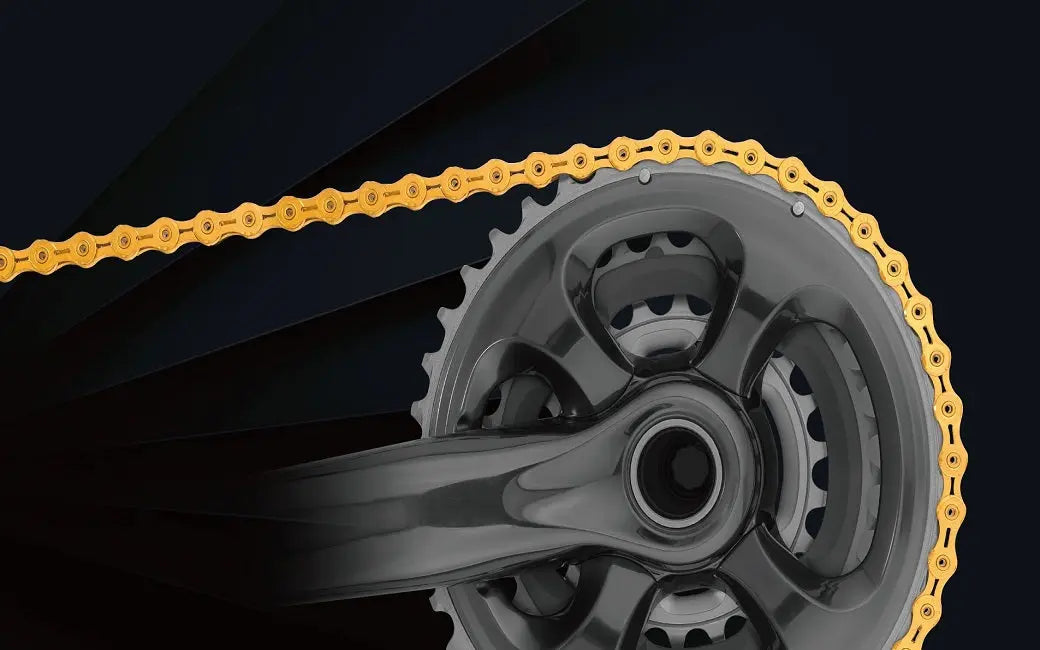
- by HOVSCO Official
How to Shorten a Bike Chain Without a Chain Tool: Quick Answers
- by HOVSCO Official
You can shorten a bike chain without a chain tool by using simple household items like a hammer, a sturdy nail or metal punch, and a firm surface with a hole such as a metal nut or block of wood. Gently tap the chain pin out over the hole, remove the desired number of links, then reconnect the chain using a master link or by carefully tapping the original pin back in.
To shorten a bike chain without a chain tool, lay the chain on a hard surface with a hole or groove beneath the pin you want to remove. Use a sturdy nail or metal punch aligned with the pin and gently tap it out with a hammer. Support the chain securely and tap carefully to avoid damaging the chain's inner and outer plates.
You’ll need a sturdy nail or metal punch roughly the diameter of the chain pin, a hammer, and a hard, flat surface with a hole (a block of wood with a drilled hole or a metal nut works well). Safety glasses are recommended to protect your eyes during the tapping process. Optionally, a master link is used to reconnect the chain safely.
Determine the correct length by routing the chain around the largest front chainring and largest rear cog without threading through the derailleur. Pull the ends together to find the shortest comfortable length without tension. Mark this link as the removal point for shortening.
After removing the extra links, reconnect the chain by threading the ends together and either inserting a master link or carefully tapping the original pin back into place. When reinserting the original pin, tap gently to avoid bending or damaging the chain plates. Using a master link is recommended for a safer and easier connection.
Using makeshift tools increases the risk of bent pins, damaged chain plates, or insecure connections. This may lead to chain failure or poor shifting performance. Extra care, precision, and inspection are necessary to avoid damaging the chain and ensure safety.
Master links are advisable when reconnecting chains without a chain tool because they offer a secure, removable, and easy-to-install connection. They reduce the risk of damage from tapping pins back in and simplify future maintenance.
Correct chain length ensures smooth shifting, efficient power transfer, and prevents the chain from skipping, dropping, or stressing the drivetrain. An overly long chain can cause poor shifting and damage to components, while an excessively short chain can break under load.
When shortening a bike chain without a chain tool, it’s wise to invest in a master link for reliable reconnection. Also consider acquiring a dedicated chain tool for future repairs and maintenance, which offers greater precision and minimizes damage risks. Quality punches or nails and a sturdy hammer ensure effective pin removal. Safety glasses and a solid workbench or block of wood with a hole provide stable support during the process.
“At HOVSCO, we recognize the challenges riders face maintaining their bikes on the go. Shortening a bike chain without a tool requires ingenuity and care. Using common household items can suffice, but investing in a quality master link and eventually a dedicated chain tool can save time and ensure safer rides. Our e-bikes are designed to be user-friendly for repair and maintenance, reflecting our commitment to rider independence and safety,” shares a HOVSCO cycling technician.
Can I shorten a bike chain without a chain tool?
Yes, by using a hammer, sturdy nail or punch, and a solid surface with a hole to tap the chain pin out.
What is a master link and do I need one?
A master link is a connector for easy chain reconnection and maintenance and is highly recommended.
How do I know how many links to remove?
Determine chain length by routing around the largest chainring and rear cog, then mark the shortest length.
What if I damage the chain while removing pins?
Bent pins or damaged plates may cause failure; use gentle taps and inspect carefully to avoid this.
Is it safer to use a chain tool?
Yes, chain tools allow precise pin removal and reduce damage risks but household methods work with care.
Share:
What Is A Class 2 Electric Bike? Find Out How They Differ
Electric Bike Comparison: 6 Key Points You Need to Know